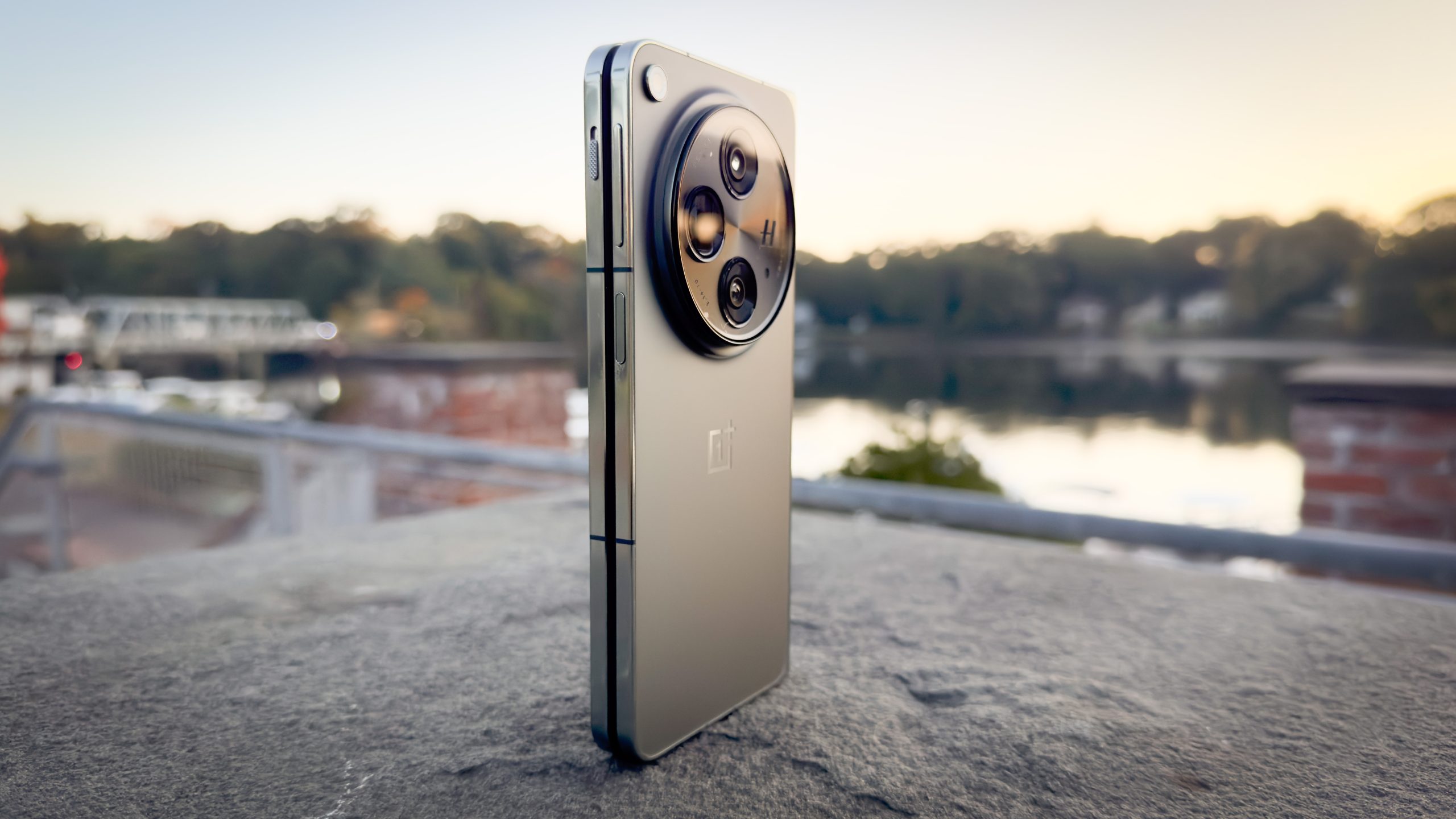So, the Made by Google showcase was… interesting to say the least, but amid the stilted celebrity cameos and general chaotic energy of Jimmy Fallon, we were given our first proper look at the Google Pixel 10, Google Pixel 10 Pro, Pixel 10 Pro XL, and Pixel 10 Pro Fold.
And, if you couldn’t tell from Fallon’s excited yells during the reveal segment (I can still hear him calling out “IP SIXTY EIGHT!”), the Pixel 10 Pro Fold is the first folding phone to achieve an IP68 rating against dust and water ingress. This means the Google’s new folding phone is able to survive submersion in freshwater, and is totally dust sealed.
Now, the previous-generation Google Pixel 9 Pro Fold was already able to survive a dip thanks to its IPX8 rating, but it’s that dust sealing – the ‘6’ in IP68 – that changes the game.
I’ve used a few of the best folding phones around, including a three-month stint using the OnePlus Open as my daily driver, but in the back of my mind I’ve always worried about their lower or non-existent dust protection rating.
The idea that a rogue bit of pocket lint or a particularly dusty environment could cause permanent damage to the internals of my phone was never something I could quite get over.
Deflecting dust

An IP68 rating would do a lot to alleviate these worries. Though it isn’t something we really test for here at TechRadar, durability really matters – like its siblings, the Pixel 10 Pro Fold will get seven years of OS updates, so anything that helps the phone survive physically for as long as it will digitally is a big plus.
An IP68 rating is also significant in that it puts the Pixel 10 Pro Fold on a more even footing with its slab phone contemporaries.
As one of TechRadar’s Gen-Z representatives, I can just about remember a time when even a splash of water on a smartphone was enough to get people panicking. Early smartphones were many things, but durable wasn’t always one of them.
Dust-proofing and submersion resistance became standard around the mid-to-late 2010s – in fact, the first Pixel phone to carry an IP68 rating was the Google Pixel 3, released in 2018. I’d wager that most phone users never think about dust protection, and never expect they’ll have to.

That’s why the Google Pixel 10 Pro Fold matters: it removes one more barrier to entry for someone switching from a regular slab phone to folding phones. And from an engineering perspective, I simply have to hand it to Google: dustproofing a device with so many moving parts is seriously impressive.
Before this year’s Made by Google event, I noted how the Google Pixel 10 Pro Fold would get my exclusive recommendation as the only folding phone people should buy if it launched with an IP68 rating.
I’ll have to wait until our full Google Pixel 10 Pro Fold review is out to know whether my former statement still stands, but in the absence of any major issues I’m confident it will. The Google Pixel 10 Pro Fold takes a major step from cutting-edge curiosity to true everyday device, and that’s something that can’t be taken for granted with such a complex handset.
Still, if the Pixel 10 Pro Fold just isn’t your cup of tea, our guide to the best folding phones has plenty of great handsets to choose from. Let us know your thoughts on the first IP68 folding phone in the comments below.
